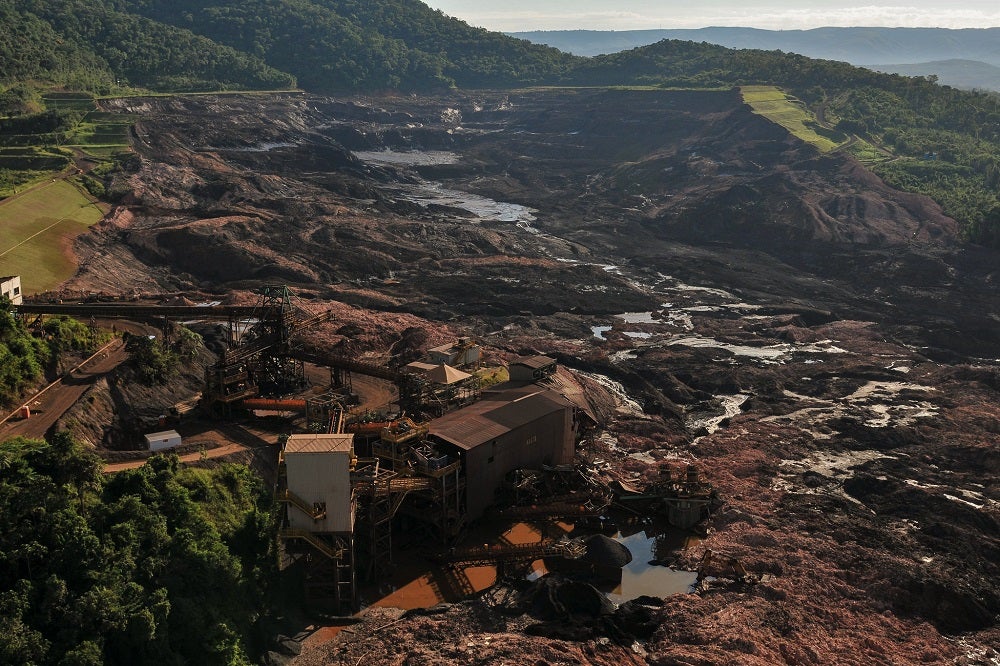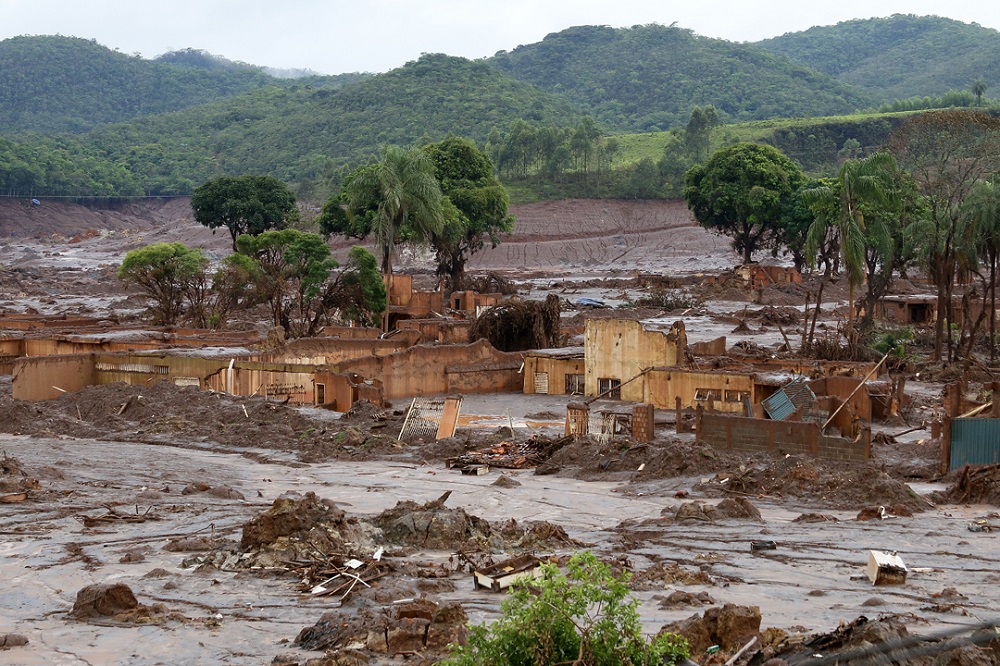
A landmark review of global mining operations has revealed 10% of tailings dams – waste product stockpiles created by miners during mineral separation – have a history of structural instability.
The investigation was launched by mining industry investors in response to the Brumadinho dam disaster in Brazil, in which an estimated 270 people died after a tailings dam at mining giant Vale’s Córrego do Feijão iron ore operation collapsed.
It was Brazil’s worst industrial disaster and sent shockwaves through an industry in which worker safety has a chequered history.
The inquiry, conducted by the Mining and Tailings Safety Initiative (MTSI), found that 166 of 1,635 tailings dams surveyed throughout the year have reported stability issues during their lifetime.
While the results bring a measure of much-needed clarity to the condition of tailings dams at mining operations around the world — an aspect of the industry that has little in the way of standards or regulation — less than half of the companies surveyed chose to respond.
MTSI wants a global industry standard for maintaining tailings dams
MTSI is an organisation of active investors across the extractive industry — led by the Church of England (CoE) Pensions Board and the Swedish National Pension Funds’ (SNPF) Council of Ethics — which engages with businesses on issues of health and safety.
Across its membership, the consortium of investor interests oversees more than $13.5tn in assets under management globally.
MTSI co-chair and CoE director of ethics Adam Matthews said: “Tailings dams are among some of the largest engineered structures in the world and we have seen the catastrophic consequences earlier this year in Brazil when they collapse.
“Following the investors disclosure request we can now see that 10% of tailings dams have had some level of issue related to the stability of the dam.
“While assurances have been given that these issues have been addressed, this underscores why investors, banks and insurers will be continuing to work together on this issue until such time we have confidence in a new global standard being implemented, and that the highest risk dams have been identified and operate to this standard or are removed.
“We note that many companies already operate to a very high standard as evidenced by some of the disclosures, but this is not universal across the sector and dams are continuing to fail, putting lives and the environment at risk.”
Global picture remains incomplete, as India and China shun responses
The review asked 726 mining firms worldwide to report the situation of their tailings dams, although less than half of these requests were actually answered – leaving an incomplete picture of the true global situation.

According Reuters news agency, neither Coal India nor Metallurgical Corp of China – two of the world’s largest coal miners, and both state-owned – responded to the review, claiming to have been unaware of the MTSI initiative.
Both India and China, which are known to store large amounts of tailings waste in dams, are understood to have been the most unresponsive regions to the inquiry.
The MTSI did confirm that 37 of the world’s biggest mining companies responded, as well as all 22 members of the International Council of Mining & Metals.
SNPF ethics council secretary general John Howchin added: “Investors will be re-doubling our efforts and allocating lead engagers to those companies yet to respond, and using the stewardship tools available to us to secure these disclosures.
“There is simply no excuse to not disclose on a material risk, that as owners of these companies, we need to urgently understand.”
Review will lead to creation of a global tailings dam database
North America was found to have the highest number of tailings dams, with almost 500 reported to investors, while the single tallest dam structure reviewed is based in Peru and stands 265 metres high.
A cumulative 45 billion cubic metres of tailings – leftover materials after mineral ore separation processes – were found to currently be in storage in the dams reported to the MTSI.
The full results of the review are to be collated in a global database of information of tailings dams, expected to be launch by January next year.
BHP and Vale to restart Samarco operation after 2015 dam failure
Four years after the tailngs dam failure at the Samarco iron ore mine in Brazil, during which 19 people were killed, mining giant BHP today (1 November) approved $44m to repair the damaged infrastructure and restore the mine to full operational capacity.
The project in Mariana, Minas Gerais is a joint venture between BHP and Vale, and the fatal collapse of its roughly 60 cubic metre tailings dam in 2015 destroyed the neighbouring village of Bento Rodrigues and caused significant environmental damage.
Activity has since been suspended, but in October the region’s environment authorities granted a licence for mining operations to restart.
BHP says a filtration plant will be built as part of the reconstruction over the next year.
“Restart can occur when the filtration system is complete and Samarco has met all necessary safety requirements, and will be subject to final approval by Samarco’s shareholders,” the miner said in a statement.
Partner Vale has announced separately that it expects operations to resume at the end of 2020 with an estimated output of between 7 million and 8 million tonnes of iron ore per year.
The company says it is exploring “new technologies for dry tailings stacking”, which could reduce the waste product volume by 80% by removing water from the sand tailings.






